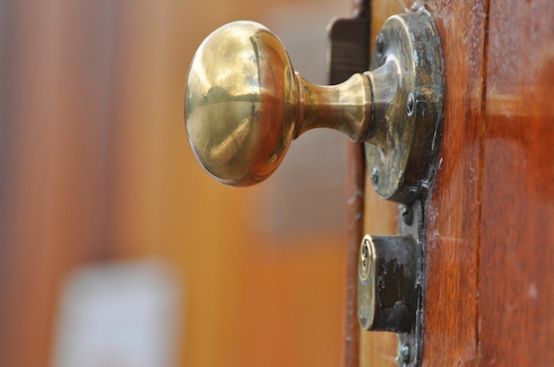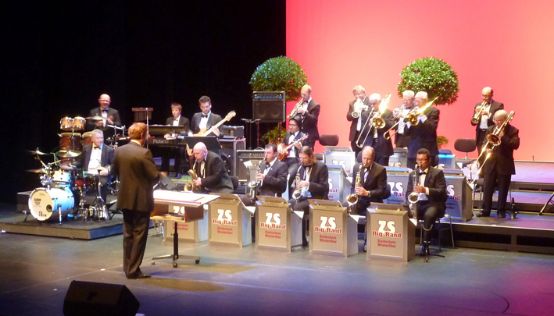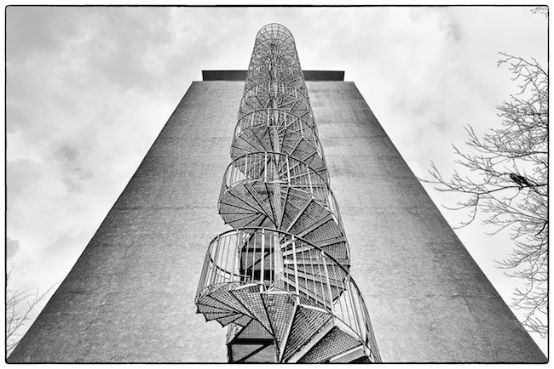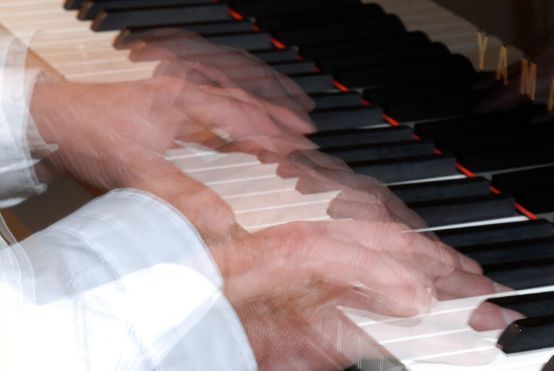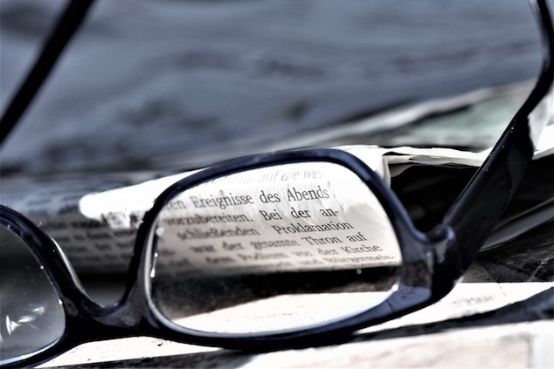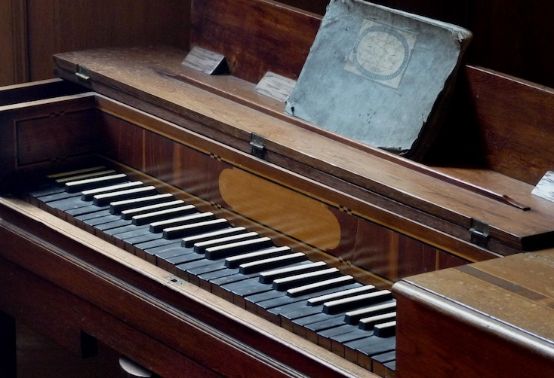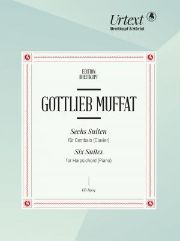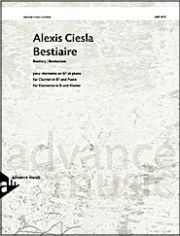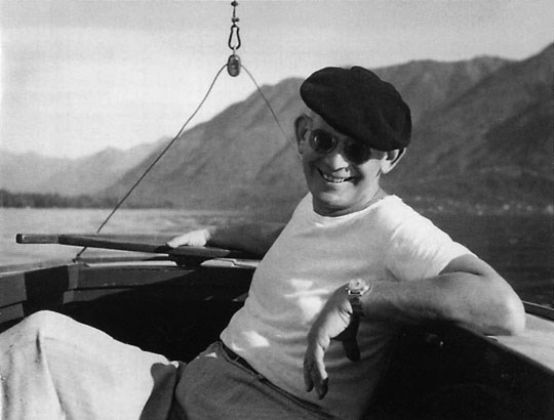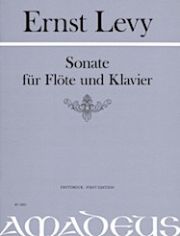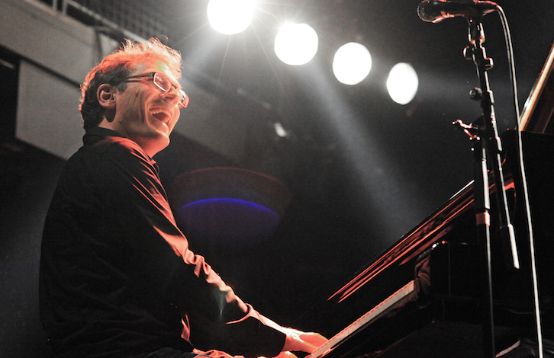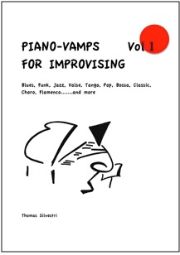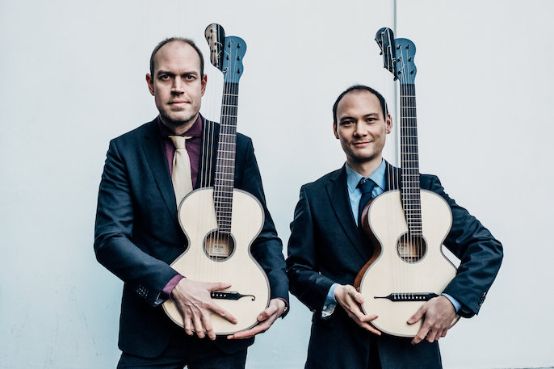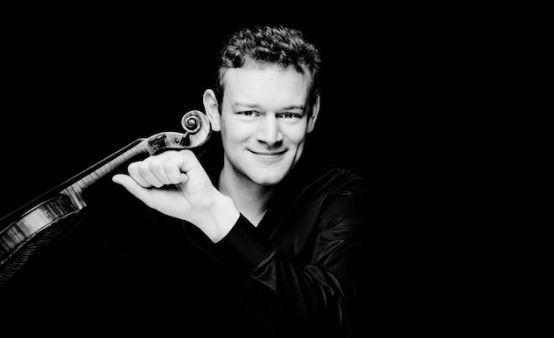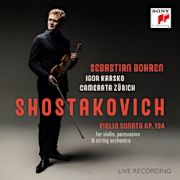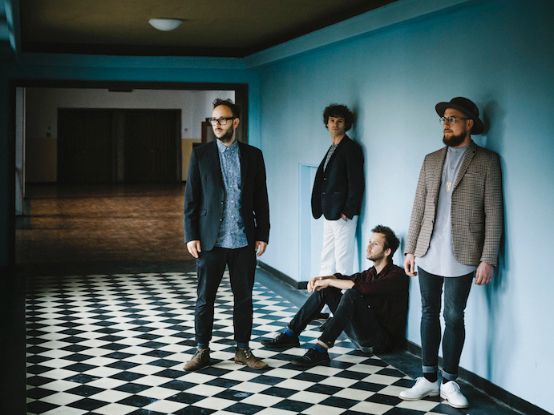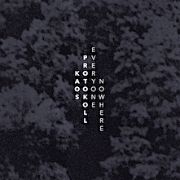Europe's largest trade fair for the music industry
From April 2 to 5, 2019, the Frankfurt exhibition grounds will become the showroom of the instrument industry - and a meeting place for manufacturers, dealers, professionals and musicians from all over the world.
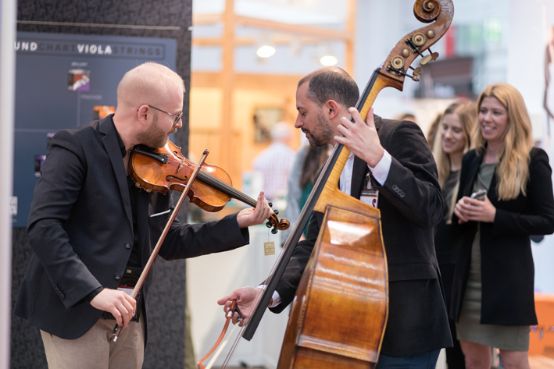
This year, Musikmesse will take place on four working days (Tuesday to Friday) for the first time. It is thus focusing more than ever on the professional exchange of international professionals and sharpening its brand essence as the largest European trade fair for the music industry. For the first time since 2015, Musikmesse will be held at the same time as Prolight + Sound, the 'Global Entertainment Technology Show'.
Even after the trade fair, the music continues in Frankfurt. For the fourth time, the "Musikmesse Festival" presents highlight concerts in 30 locations and on the exhibition grounds. Including: the talents of the International German Pianist Award and a big closing concert with soul legend Gregory Porter and the Neue Philharmonie Frankfurt.
New hall layout takes the strain off the pedometer
Visitors to Musikmesse 2019 can look forward to shorter distances. Hall 3 brings together a wide range of products on two levels, from pianos and keyboards to drums + percussion, guitar and bass, woodwind and brass instruments, string instruments, harmonica instruments and sheet music. For the first time, the entire audio sector is concentrated on one hall level: visitors will find synthesizers and recording equipment as well as products for live sound reinforcement in Hall 8.0.
-
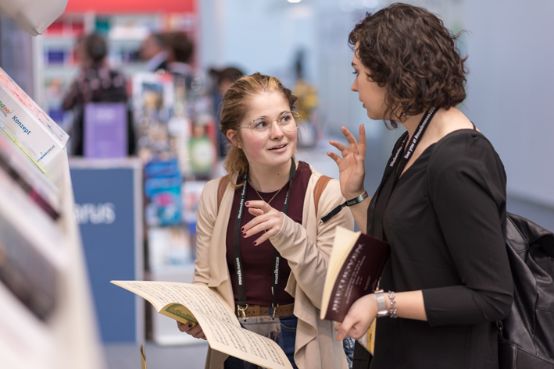
- © Musikmesse Frankfurt
New in 2019 is the joint "Networking Area" for Musikmesse and Prolight + Sound in Hall 4.1, which is aimed specifically at dealers and decision-makers in the industry. With its elaborately designed lounge concept, it offers the ideal setting for business talks in a relaxed atmosphere.
Full commitment to music education
The new "Music Education Center" at the Congress Center Messe Frankfurt creates a central platform for the promotion of young talent and further education. Highlights in this area include the Class Music Making Day (Friday, April 5), which will provide ideas for modern, practice-oriented teaching. On the same day, the European School Music Prize will be awarded to progressive projects in the field of methodical and creative work with musical instruments. There will also be workshops and seminars on music therapy and, for the first time, the award ceremony for the "New Therapy Instruments Competition".
-
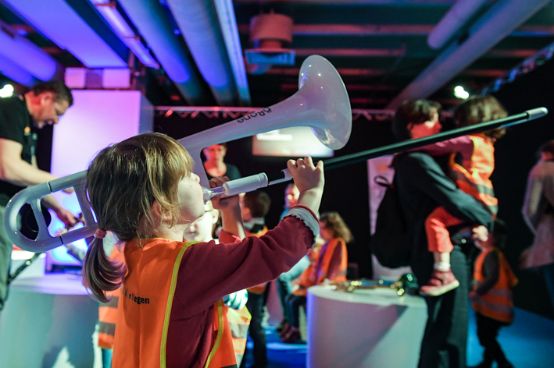
- © Musikmesse Frankfurt
The "Discover Music" project for young musical explorers offers a voyage of discovery into the world of tones and sounds. Under the pedagogical guidance of experienced musicians from the Frankfurt Music Academy, schoolchildren can try out instruments to their heart's content.
The "European Songwriting Award" is also entering a new round. At the award show with live finale (April 5), songwriters and producers can present their compositions to a top-class jury of international A&Rs. The winner will go straight into the studio: there will also be radio and online promo for the best songs.
Music on the grounds and in the city
In addition to workshops, master classes and tutorials (with a focus on keyboard instruments on Tuesday, April 2), the Musikmesse offers live music by national and international artists throughout the day.
In the evenings, the exhibition grounds become the epicentre of the Musikmesse Festival - for example, the Festhalle Frankfurt, the Congress Center Messe Frankfurt, the Festival Arena on the outdoor exhibition grounds and the new Circle Stages directly in the exhibition halls offer special musical experiences even after the fair has closed. The Musikmesse Festival also presents concerts and parties in Frankfurt's clubs and event locations. Visitors to Musikmesse receive a free festival wristband, with which they can attend Musikmesse Festival events at a reduced price or even free of charge.
-
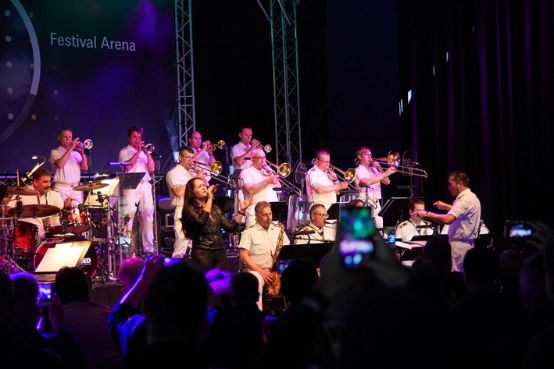
- © Musikmesse Frankfurt
The Grand Finale of the "International German Pianist Award" offers a treat for fans of top-class piano music (April 1, Alte Oper Frankfurt). Accompanied by the Baden-Baden Philharmonic Orchestra under the baton of conductor Douglas Bostock, top young pianists will showcase their skills. The program includes Rachmaninoff's Piano Concerto No. 2 op. 18 in C minor and Brahms' Piano Concerto No. 1 op. 15 in D minor.
Musikmesse Plaza rocks the Saturday
On the Saturday after Musikmesse (April 6), "Musikmesse Plaza" will present a completely new event concept aimed at music enthusiasts of all ages. Together with partners from the creative sector, Messe Frankfurt is realizing a pop-up market with a variety of themed worlds and direct sales: from vintage instruments to sound carriers and lifestyle products. As the highlight of a week full of music and entertainment, music fans can look forward to the closing concert by US soul artist Gregory Porter, who will be performing together with the Neue Philharmonie Frankfurt for the first time.
-
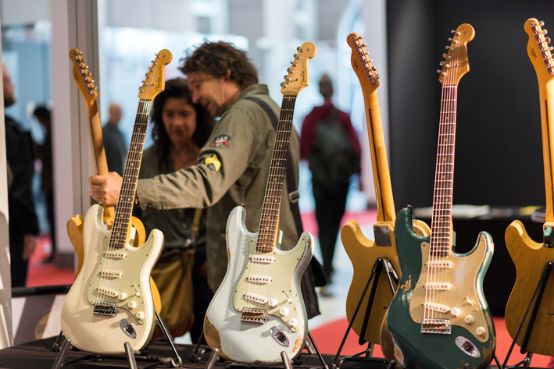
- © Musikmesse Frankfurt
All further information about the Musikmesse at







